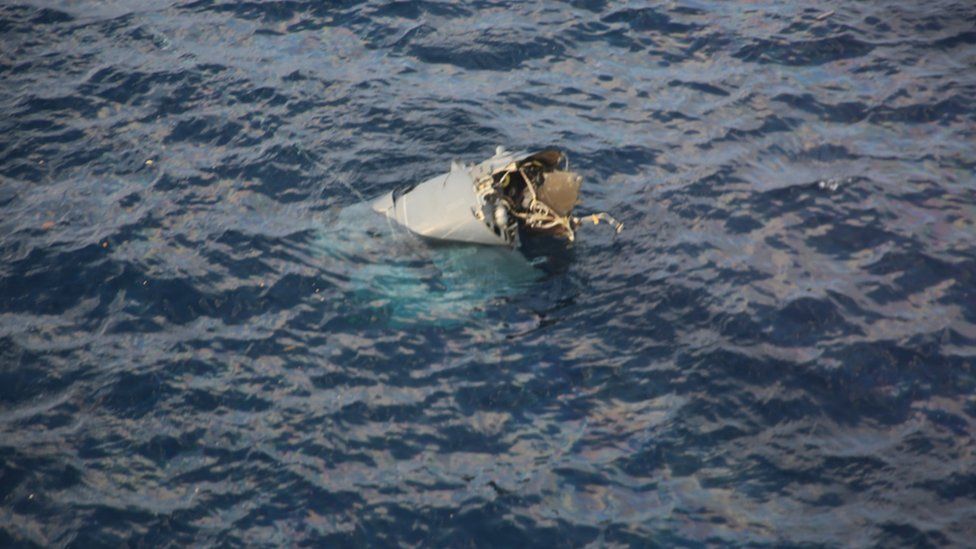A US military aircraft, the CV-22 Osprey, carrying eight individuals has tragically crashed off Yakushima Island in southwestern Japan. The crash, shrouded in uncertainty, marks another devastating incident involving Osprey aircraft, known for their hybrid helicopter-turboprop capabilities. The Coast Guard’s confirmation of one fatality near the crash site amplifies the gravity of the situation, as rescue efforts and investigations are underway to determine the cause of the crash.

Preliminary Reports and Rescue Efforts
Initial reports from Japan’s NHK broadcaster suggest that the Osprey was attempting to land at Yakushima Airport amidst an engine fire. The harrowing situation unfolded as the aircraft, en route from Iwakuni base to Kadena base, disappeared from radar screens, triggering distress calls and a rapid response from the Coast Guard. Despite the swift deployment of six boats and two helicopters, the grim reality of the crash began to emerge, further compounded by eyewitness accounts detailing the aircraft’s descent into the sea.
Ongoing Investigations and Past Incidents
As rescue operations continue and debris is located, both US and Japanese authorities are revising the number of individuals on board. The tragic incident adds to a somber history of Osprey crashes, raising concerns about the safety and reliability of these aircraft. Past fatal accidents, including the 2017 crash off Australia’s coast and the recent incident in northern Australia, underscore the persistent risks associated with Osprey operations, casting a shadow over their use within military contexts.

Implications and Regional Context
Yakushima, situated south of Japan’s Kyushu island, becomes the focal point of a multinational effort to comprehend the circumstances surrounding the crash. With more than 50,000 US troops stationed across Japan, the incident resonates deeply within the local and international communities, prompting questions about military protocols and safety standards. As the investigation unfolds, the repercussions of this tragedy reverberate throughout Japan and beyond, highlighting the inherent dangers faced by military personnel in the line of duty.